A HashMap stores data into multiple singly linked lists of entries (also called buckets or bins). All the lists are registered in an array of Entry (Entry[] array)
The following picture shows the inner storage of a HashMap instance with an array of nullable entries. Each Entry can link to another Entry to form a linked list.
When a user calls put(K key, V value) or get(Object key), the function computes the index of the bucket in which the Entry should be.

This index of the bucket (linked list) is generated using hashcode of the key.
So, if you have overridden the hashCode method, it will use overridden method to compute index of the bucket
otherwise default hash code is used which is the memory address for your object. So in that case even your objects are you will have a new entry in your map. So even if you try to store logically equal objects. They wil be reataed as different by hash Map.
As much as is reasonably practical, the hashCode method defined by class Object does return distinct integers for distinct objects. (This is typically implemented by converting the internal address of the object into an integer, but this implementation technique is not required by the JavaTM programming language.)
For example:
MyObject a = new MyObject("a", 123,"something");
MyObject b = new MyObject("a", 123,"something");
a and b will have different hashcodes.
